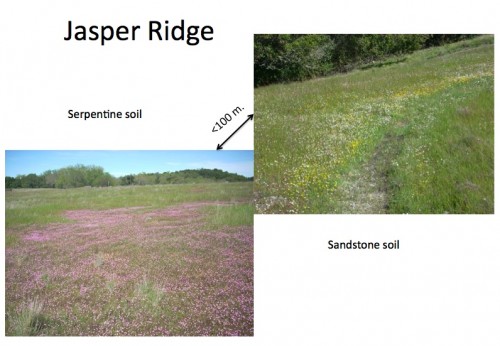Soil properties can often dictate the types of plants that can live in a particular habitat. The composition of soil affects everything from the amount of water available, to the types of nutrients and minerals present, to a plant’s root structure and growth. This lesson will focus its investigation on the particle sizes of various soil types. During this lesson, participants will look at sand, silt, and clay particles under a microscope and use this information to estimate the proportion of these components within various soil samples they have collected. They will also test the permeability of their soil and relate this to its makeup and particle size. Finally, plant adaptations to live in various soil types will be discussed, and a case study will incorporate data interpretation from a plant species that is adapted to live on a unique soil type. This lesson not only addresses both Earth Science and Natural Science curricula, but it also incorporates inquiry based learning, microscope work, and data interpretation.
At the conclusion of this lesson, students will be able to:
- Use a microscope
- Understand basic differences between sand, silt, and clay
- Estimate the relative amounts of sand, silt and clay in soil samples they collect
- Understand how physical properties of soil affect its permeability
- Brainstorm adaptations that plants need to live in different soil environments
Resources:
Lesson plan created by GK-12 Fellow Emily Dittmar and Partner-Teacher Russ Stolberg, 2014

